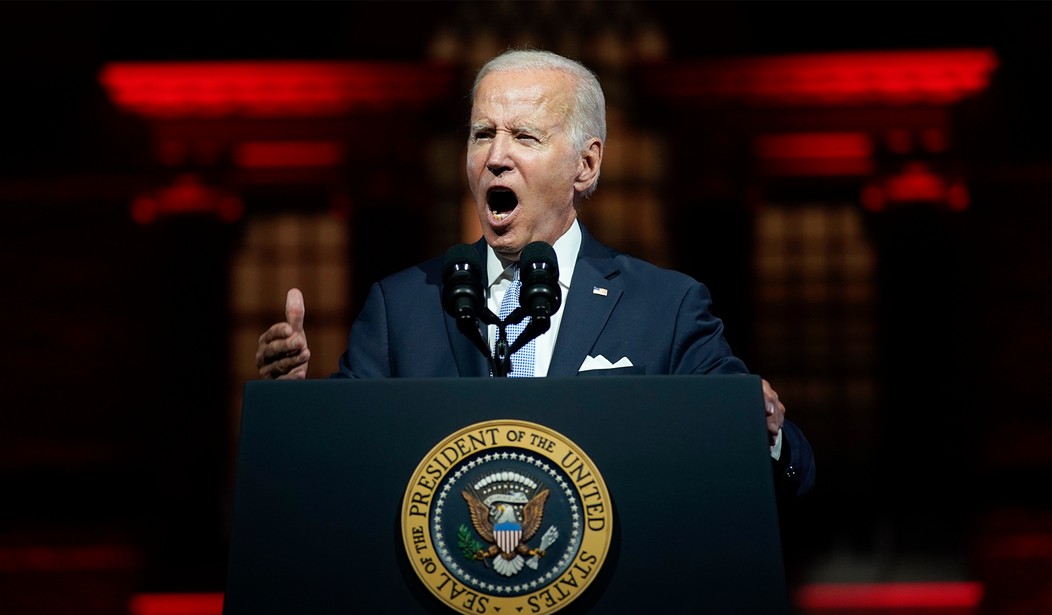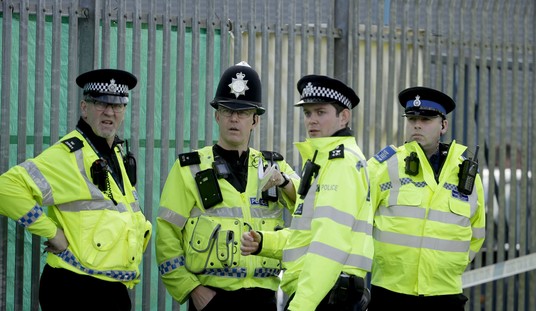Answer: probably, although this isn’t really breaking news in any sense. In this case, the news relates to who’s asking the question.
The practice of unwinding polls got a bad rap in 2012, largely because those who tried to unwind them (myself included!) didn’t see the political-engagement picture clearly. That experience brought me to write a book (Going Red) about how people miss the mark by emphasizing national messaging over voter engagement, and how to avoid falling into that trap in the future.
However, as Vox’s Andrew Prokop points out, Unskew the Polls may have just suffered from bad timing:
The last cycle in which Democrats really felt the polls didn’t set them up for disappointment was 2012. Polls that year did fluctuate somewhat, but they usually showed President Obama as the favorite to win reelection, and forecast models based on those polls did the same.
There was, however, a dissenter — Dean Chambers, founder of the website “Unskewed Polls.” Chambers, a conservative, argued that most pollsters were systematically undercounting Republican voters. So he re-weighted their results to reflect the more-Romney-leaning electorate he expected — “unskewing them.”
Much mockery from liberals about this rather crude methodology ensued, and when the results of the election came in, Chambers got egg on his face — Obama and Democrats actually did somewhat better than the polls had showed.
Here’s the funny part: In every election cycle since then, Chambers would have had a point.
Almost every cycle since then, I’d add. Polling in the 2018 cycle turned out to be fairly predictive in the broad sense and only off in the Senate races by a margin-of-error-sized gap (which Prokop acknowledges is within normal range). That provided a momentary break in the trend since the 2014 polling collapse that nearly killed off the industry. But that prompts the question — why was 2018 the exception? Is it because pollsters improved their techniques so much?
Probably not, as subsequent polling in 2020 and to some extent in this cycle has demonstrated. The difference in 2018 was that the overall political climate actually matched up pretty well with polling biases that lean into Democrat enthusiasm and overlook Republican enthusiasm.
The 2018 midterm was already a referendum on Donald Trump, a fairly unpopular figure in the mainstream and who also had the Russia-collusion nonsense still hanging over his head. Trump also chose to fight the midterms on immigration and border patrol, which had helped him in 2016 but had been presumed to be being addressed by that point. The GOP’s aborted attempt to repeal ObamaCare rattled voters and made them worry more about health care, while for some reason Trump and the GOP failed to focus more tightly on the booming economy and their management of it.
The improved performance of pollsters in the 2018 cycle may have little to do with technique, in other words. It may be more that the political environment closely matched their biases, especially when it comes to sampling and modeling.
And if that’s the case, what does that tell us to expect from polling performances in this cycle? It’s the worst political environment for Democrats since 1980, and now across a wide expanse of issues: inflation, crime, border security, and presidential job approval. Even the latter may not be an entirely reliable measure, given the chasm between this political environment and pollster biases.
That looks like a recipe for another polling sandbag for Democrats. Does that make it a certainty? No, but I have been arguing for months that pollsters and analysts have overlooked the singular and historic political environment in these midterms, far more so than we experienced in 2014 and even 2016. Perhaps not enough of them lived through the 1980 election cycle to understand just how viscerally voters reacted to the sense of meltdown in that election, but those of us who did live through it won’t easily have forgotten it.
Even with polling as it is, Republicans look to be in good shape. New likely-voter models show the GOP back up in the generic-ballot tracking, a measure which Democrats generally have to lead by five points or more just to break even. Senate races that the media and pollsters thought were slam-dunks for Democrats suddenly look a lot more competitive. However, if the miss on polling is as wide as in 2014 thanks to the blinders on pollsters and media analysts, we may be looking at yet another historic rebuke to a historically inept president and his party.








Join the conversation as a VIP Member